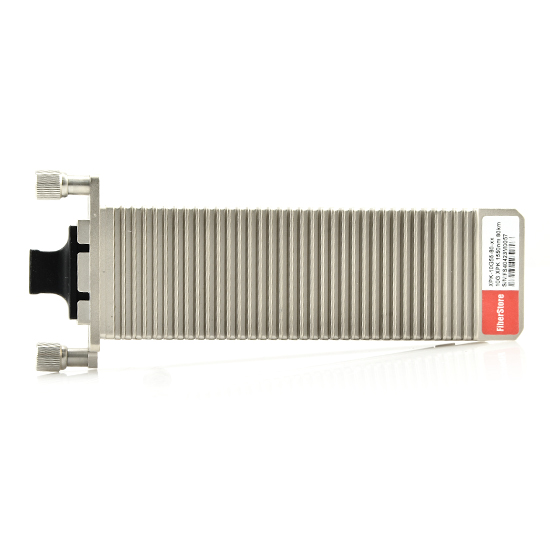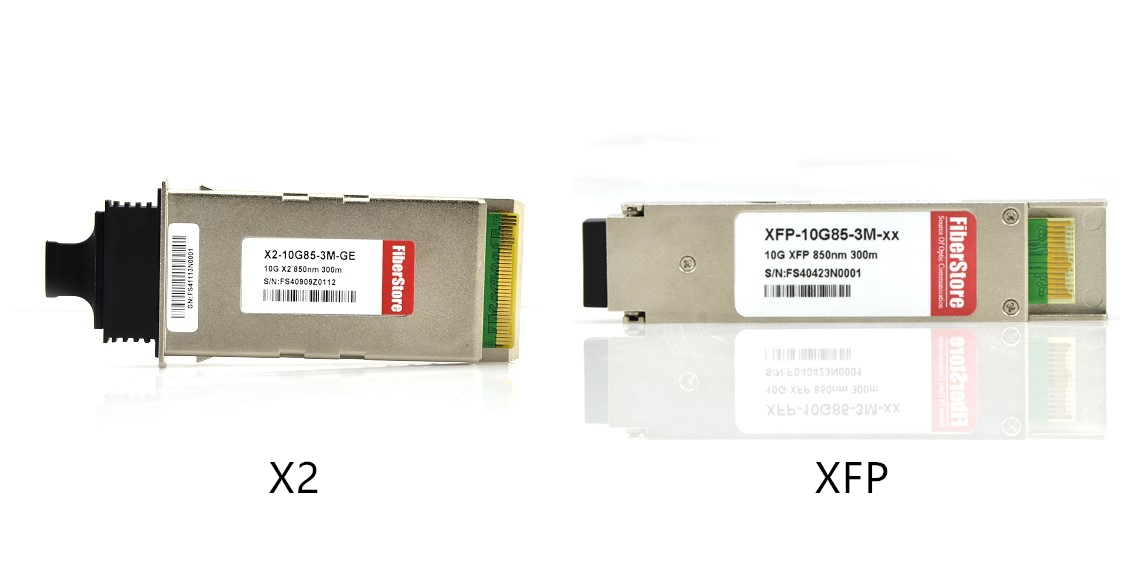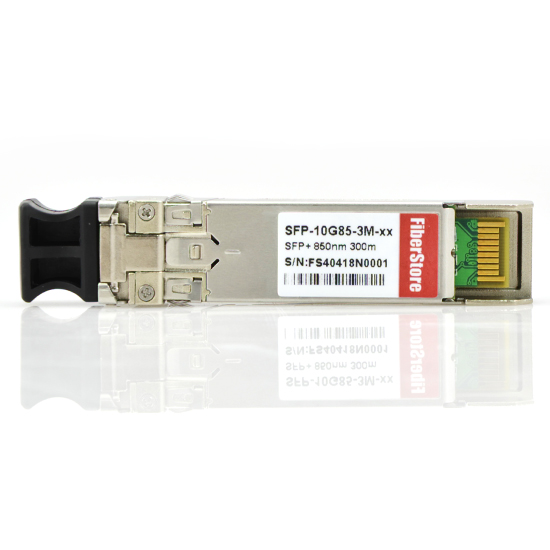In optical communications, DWDM (Dense Wavelength Division Multiplexing) technology enables a number of different wavelengths to be transmitted on a single fiber, which makes it a popular choice among many different areas such as local area networks (LANs), long-haul backbone networks and residential access networks. In these transmission processes, DWDM transceivers play an important role. Here is a brief introduction to them.
DWDM transceiver, as its name shows, is a kind of fiber optic transceiver based on DWDM technology. As mentioned above, it enables different wavelengths to multiplex several optical signals on a single fiber without requiring any power to operate. And these transceivers are designed for high-capacity and long-distance transmissions, supporting to 10 Gbps and spanning a distance up to 120 km. Meanwhile, the DWDM transceivers are designed to Multi-Source Agreement (MSA) standards in order to ensure broad network equipment compatibility.
The basic function of DWDM transceiver is to convert the electrical signal to optical and then to electrical signal, which is as same as other optical transceivers. However, based on DWDM technology, DWDM transceiver has its own features and functions. It’s intended for single-mode fiber and operate at a nominal DWDM wavelength from 1528.38 to 1563.86 nm (Channel 17 to Channel 61) as specified by the ITU-T. And it is widely deployed in the DWDM networking equipment in metropolitan access and core networks.
There are different types of DWDM transceiver according to different packages such as DWDM SFP transceiver, DWDM SFP+ transceiver, DWDM XFP transceiver, DWDM XENPAK transceiver and DWDM X2 transceiver. Here is a simple introduction to them.
DWDM SFP transceiver is based on the SFP form factor which is an MSA standard build. This transceiver provides a signal rate range from 100 Mbps to 2.5 Gbps. Besides, DWDM SFP transceiver meets the requirements of the IEE802.3 Gigabit Ethernet standard and ANSI fibre channel specifications, and are suitable for interconnections in Gigabit Ethernet and fibre channel environments.
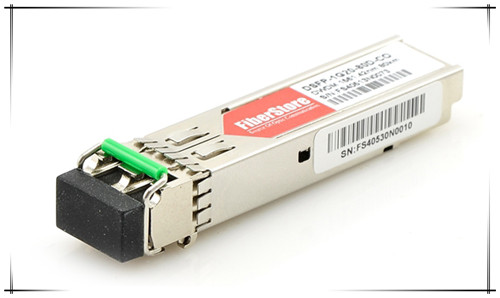
DWDM SFP+ transceiver, based on the SFP form factor, is designed for carriers and large enterprises that require a flexible and cost-effective system for multiplexing and transporting high-speed data, storage, voice and video applications. The maximum speed of this transceiver is 11.25G. It’s known to all that DWDM enables service providers to accommodate hundreds of aggregated services of sub-rate protocol without installing additional dark fiber. Therefore, DWDM SFP+ transceiver is a good choice for 10G highest bandwidth application.
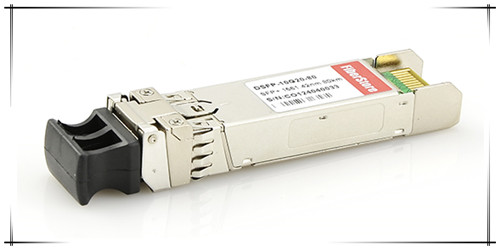
DWDM X2 Transceiver is a high performance serial optical transponder module for high-speed 10G data transmission applications. The module is fully compliant to IEEE 802.3ae standard for Ethernet, which makes it ideally suitable for 10G rack-to-rack applications.
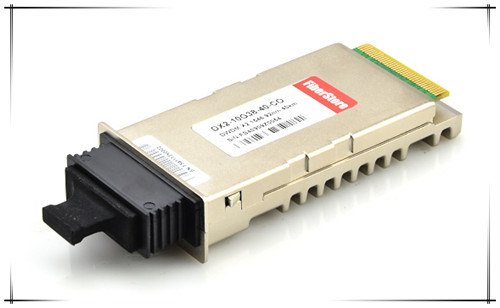
DWDM XFP Transceiver
DWDM XFP transceiver is based on the XFP form factor which is also an MSA standard build. The maximum speed of this transceiver is 11.25G and it is usually used in 10G Ethernet. This transceiver emits a specific light. And there are different industry standards and the 100Ghz C-band is the most used one which has a spacing of 0.8 nm. What’s more, DWDM XFP supports SONET/SDH, 10GbE and 10 Gigabit fibre channel applications.
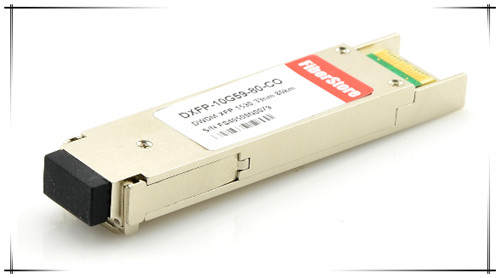
DWDM XENPAK transceiver is SC duplex receptacle module and is designed for backbone Ethernet transmission systems. It is the first 10GbE transceiver ever to support DWDM. And it can support 32 different channels for transmission distance up to 200 km with the aid of EDFAs. DWDM XENPAK transceiver allows enterprise companies and service providers to provide scalable and easy-to-deploy 10 Gigabit Ethernet services in their networks.
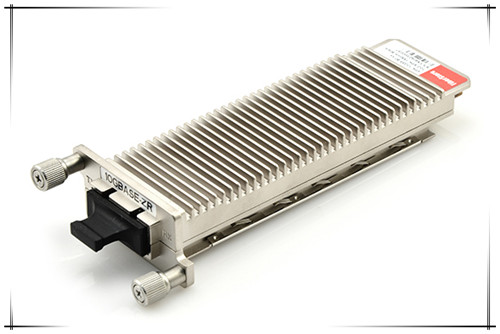
As the growing demand of bandwidth, DWDM technology is becoming more and more popular. And DWDM transceivers are commonly used in MANs (metropolitan area networks) and LANs. Different types of DWDM transceiver have different applications. For example, DWDM SFP transceivers are applied in amplified DWDM networks, Fibre Channel, fast Ethernet, Gigabit Ethernet and other optical transmission systems, while DWDM XFP transceivers are usually used in the fields which meet the 10GBASE-ER/EW Ethernet, 1200-SM-LL-L 10G Fibre Channel, SONET OC-192 IR-2, SDH STM S-64.2b, SONET OC-192 IR-3, SDH STM S-64.3b and ITU-T G.709 standards.
In summary, DWDM transceiver is an essential component in DWDM systems. Fiberstore offers various DWDM transceivers and is able to provide the advanced technology and strong innovative capability to produce the best optical components for DWDM systems. If you are interested in our products, please visit FS.COM for more detailed information.

